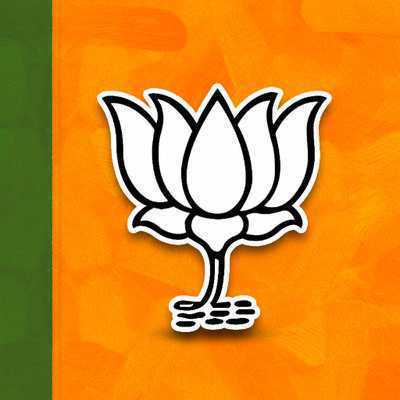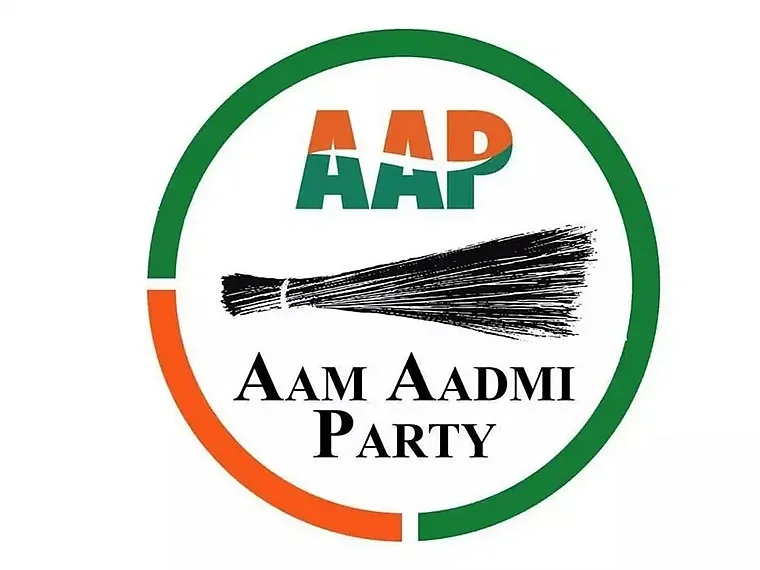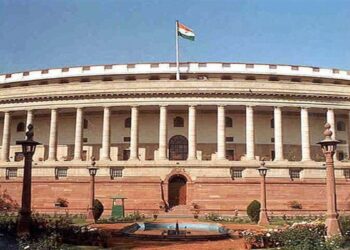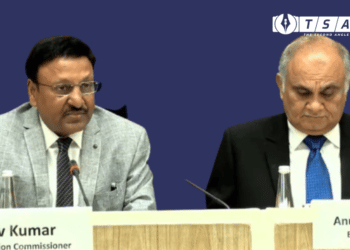In India election is a festival of democracy and every aspect of it is celebrated. The exit polls are also something that is hailed as a major event quenching the eagerness of knowing the results and a piece of pie ravished by the media to engage themselves in this sample data before the actual big day of counting that is to happen on March 10. However, the question that arises is regarding the accuracy of the polls.
The sample size differs according to various organisations and the results vary. The basic system that functions behind the polls aims at predicting the most accurate results after questioning voters and sampling interviews.
If we delve into the history of the exit polls, it began in India in 1957. Since then, there have been times, when certain exit polls had predicted it right, while others did not. Political analysts and commentators have always looked at this data as a bigger picture of that state and not the accurate results. The possibility of a major swing in votes is always looked forward to.
If we dissect the exit polls, there are more instances of it getting it wrong or not detecting the twist in results. In 1966, the exit poll conducted by Lokniti-CSDS for the Lok Sabha elections had predicted a hung assembly. It was fairly accurate but couldn’t detect the actual results that saw BJP leading with a few seats and thereby forming a government.

In 2017, the predictions for Uttar Pradesh, Goa, Manipur, Uttarakhand and Punjab were mostly inaccurate. In UP, most exit polls predicted a hung assembly, the predictions were mostly around 160-180 seats for the BJP where a minimum of 202 seats is required for a clear majority. However, the India Today-Axis survey which has garnered a good reputation for accuracy in its exit poll data had predicted BJP will get around 251-279 seats. Today’s Chanakya had predicted 285 seats for BJP. Defying all the predictions, BJP emerged with 312 seats for itself and tagging along with its allies the total seat count going to 325.
Meanwhile, in Uttarakhand, Chanakya-News24 did the most accurate prediction of BJP’s win. It had predicted that the BJP would win 53 seats and Congress 15. BJP won 57 seats and Congress 11.
Exit poll predictions this time
The predictions by the India Today-Axis My India indicate a clear majority to BJP and allies by the margin of 288-326 seats in Uttar Pradesh. Other pollsters, gave the ruling BJP a comfortable majority between 220-250. All the polls are hinting towards a major victory of BJP countering the expectations of an anti-incumbency based on issues like unemployment and price hike.
In Punjab, most of the exit polls indicated the formation of the AAP government. The pollsters gave the AAP numbers much ahead of the ruling Congress and the Akali Dal-BSP combine. If these results are accurate it will lead to an emergence of potential new opposition in Indian politics as no one apart from BJP and Congress holds power in more than one state at present.

The exit poll predictions hold true and the AAP manages to win Punjab, the outcome has the potential to trigger a churning in Indian politics, especially in the Opposition space as no other party barring the BJP and the Congress are in power in more than one state now.
In Uttarakhand, the opinion polls varied. Some gave the ruling BJP the majority, others predicted that Congress would emerge as the single largest party. However, none of the polls gave either side more than 40 seats. The history of the state says that no party has retained power in Uttarakhand since its formation in 2000. In Goa too, pollsters predicted a close tie with none of the polls predicting a comfortable victory for either the ruling BJP or the Congress. Most polls predicted that the AAP could win a couple of seats.
In Manipur, the polls predicted that the ruling BJP would emerge as the single largest party or at the least cross the halfway mark.
Also Checkout: UP Elections: From “Coco” to “Bull”, events that made the headlines
















